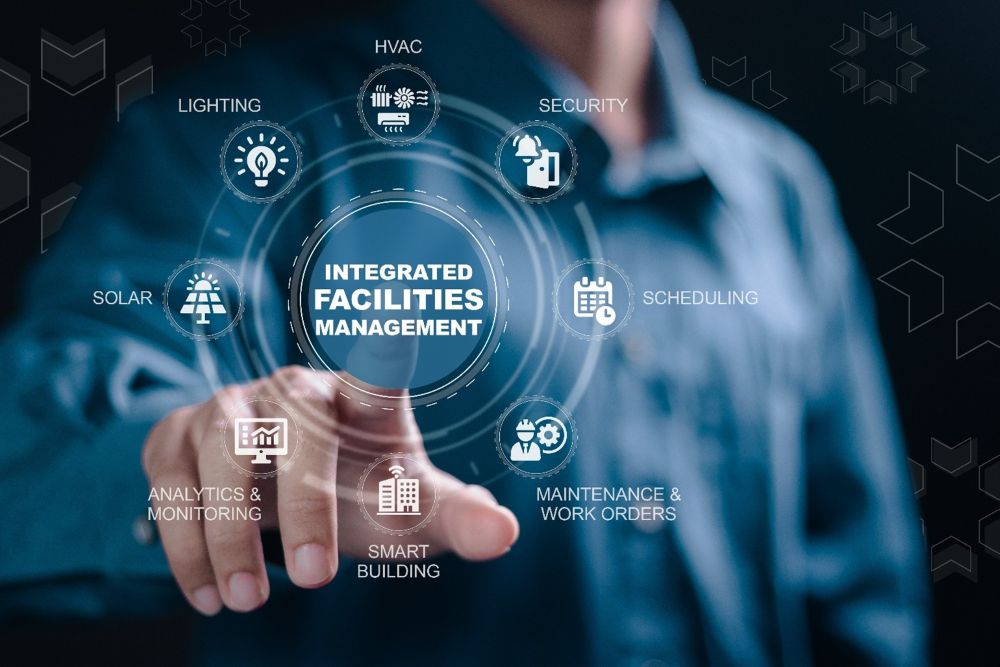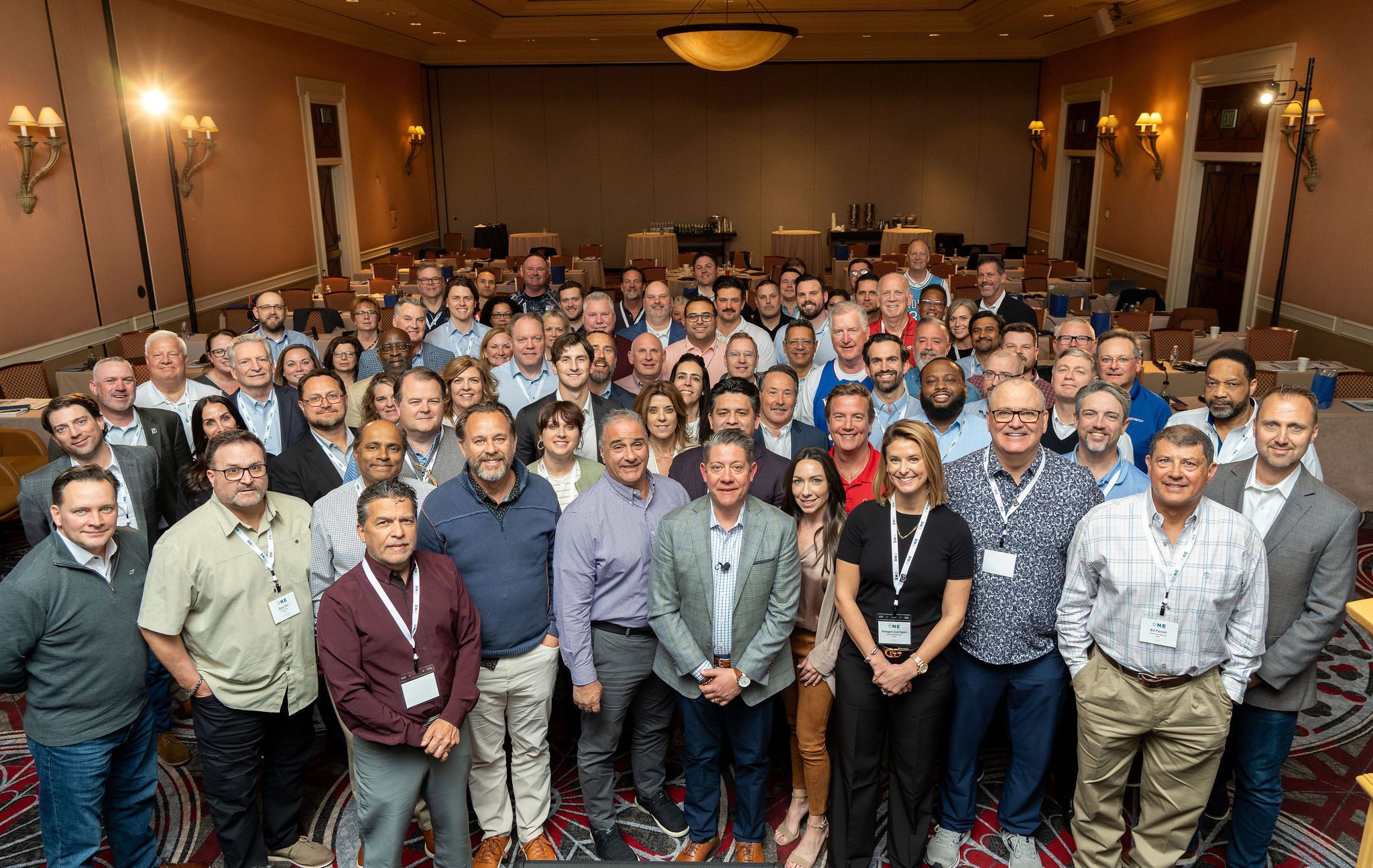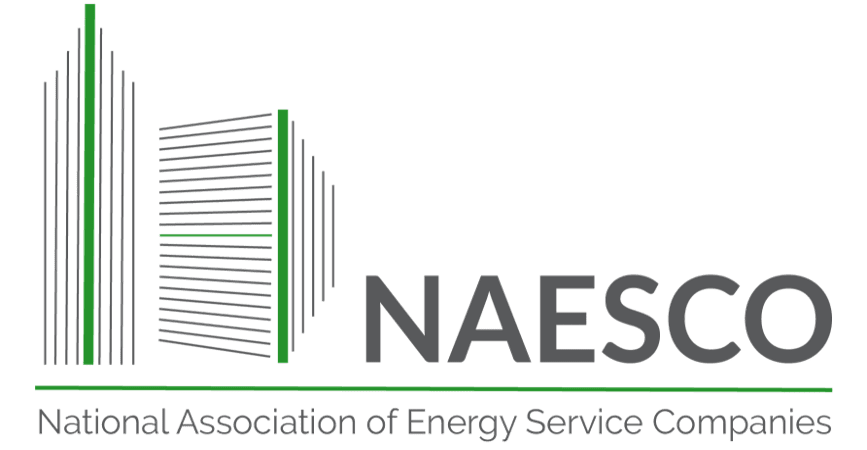The Benefits of Integrated Facilities Management
In today’s fast-evolving environments, facility managers face increasing pressure to optimize building performance, reduce operational costs, and enhance occupant comfort. However, the challenge often lies in managing many stand-alone facility systems and equipment—HVAC, lighting, security, energy monitoring, and other systems—each operating in isolation. This fragmented approach can lead to inefficiencies, deferred maintenance, and excessive energy and operational costs.
Integrated facilities management addresses these challenges by unifying multiple facility systems into a single, centralized control platform. By tying together critical building functions under one umbrella, organizations in K-12, state and local government, higher education, aviation, healthcare, commercial, and industrial markets can achieve enhanced operational efficiency, improved sustainability, and substantial energy cost savings.
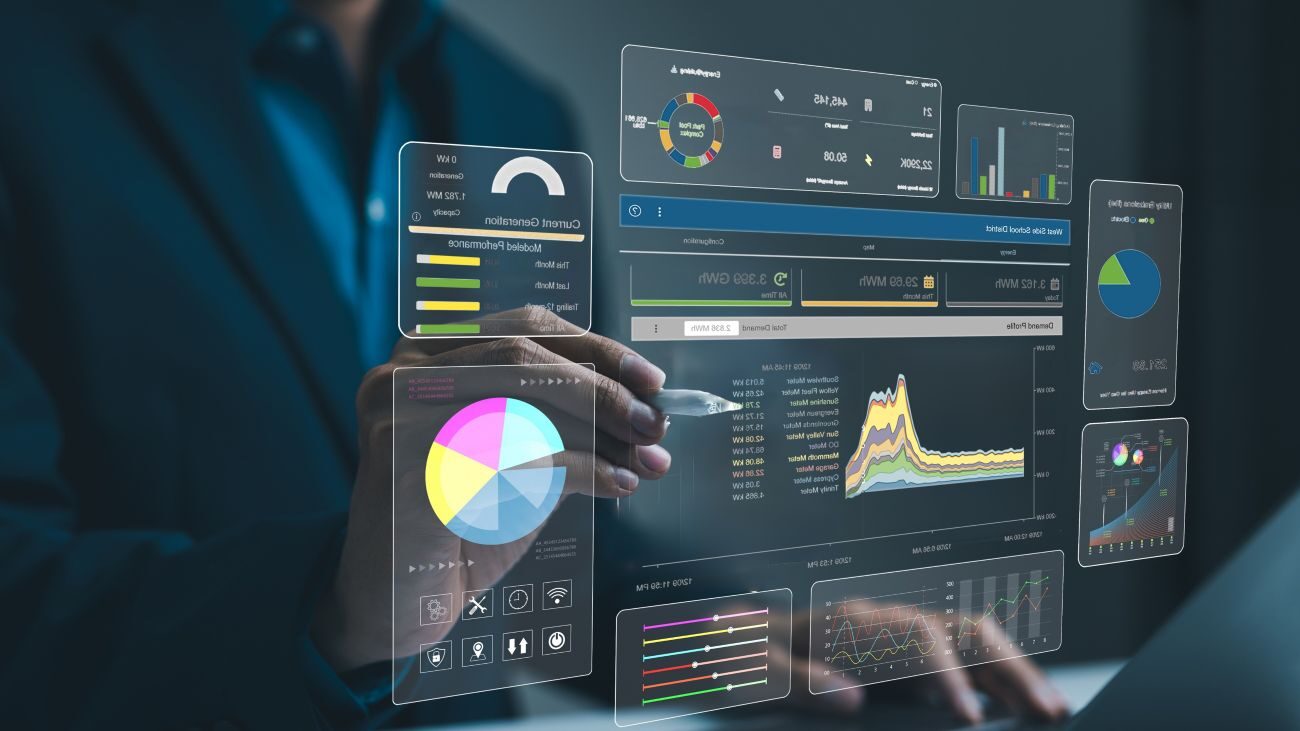
Greater Flexibility with Vendor-Agnostic Building Automation Systems
Technology is shifting towards open, integrated solutions to remove data silos and create potential data-driven optimization. Integrating open protocol building automation systems enhances flexibility and scalability by allowing different systems and devices to communicate seamlessly, regardless of manufacturer. Original equipment manufacturers (OEMs) will try to sell you closed protocol, proprietary hardware, and software, forcing you to use only their brand of products. Conversely, vendor-agnostic solution providers give you more freedom when making future facility improvements. This approach eliminates vendor lock-in, reduces upgrade costs, and ensures facilities can adopt the latest technologies without compatibility concerns.
“At Veregy, we focus on providing truly open systems that set our clients up with flexibility for success long into the future. Designing integrated and open solutions creates seamless interoperability to reduce energy and operating costs while avoiding vendor lock-in to optimize lifecycle costs.”
– Brad Turnwald, Vice President of Technology, Veregy
Enhanced Operational Efficiency
An integrated system reduces redundancies, automates workflows, and optimizes resource allocation. Leadership and facility management teams gain real-time insights into building performance, enabling quick decision-making and reduced downtime. Additionally, when various pieces of equipment and facility systems are integrated and automated workflows are programmed, this reduces the time-consuming, manual responsibilities of your staff, freeing them up to work on higher-priority activities.
Example Automated Workflow

Improved Energy Efficiency & Cost Savings
By unifying facility systems, organizations are empowered to track and optimize energy consumption across all building assets. Predictive analytics and artificial intelligence (AI) driven automation can be programmed to ensure that facilities operate at peak efficiency, reducing waste and lowering utility costs. For example, integrating HVAC systems and lighting controls with the building automation system enables real-time adjustments based on occupancy and usage patterns. These energy-consuming systems can be automatically turned on in occupied spaces and turned off or down when these spaces are not in use. These efficiencies translate into significant cost savings by reducing energy waste, lowering utility bills, and preventing overused systems from needing to be repaired or replaced prematurely.
Proactive Maintenance & Asset Longevity
A centralized control system enables predictive maintenance by continuously monitoring equipment health and alerting teams before failures occur. This reduces unplanned downtime, extends asset life cycles, and minimizes repair costs. Proactive maintenance prevents costly disruptions and enhances overall safety for your building occupants.
Scalability & Future-Readiness
As buildings evolve with new technologies such as the Internet of Things (IoT), AI, and automation, your organization needs to remain flexible and ready to adapt. An integrated approach, especially when the building automation system is open protocol, ensures seamless adaptation and scalability. Organizations can easily incorporate new workflows and equipment without overhauling existing infrastructure. Keep in mind that control systems, much like computers, should be assessed regularly for system updates and upgrades.
User-Friendly Dashboard for Centralized Management
A key component of a successful integrated facilities management approach is a single, intuitive dashboard that provides a comprehensive view of facility operations. A user-friendly interface allows facility managers to monitor and control HVAC, lighting, security, and other systems remotely and in real time. This centralized platform simplifies performance analysis, streamlines issue resolution, and enhances decision-making by providing actionable insights, ensuring that organizations can maintain efficiency with ease. Additionally, having a unified dashboard supports energy-saving initiatives by providing real-time energy consumption data, identifying inefficiencies, and enabling automated optimization strategies.
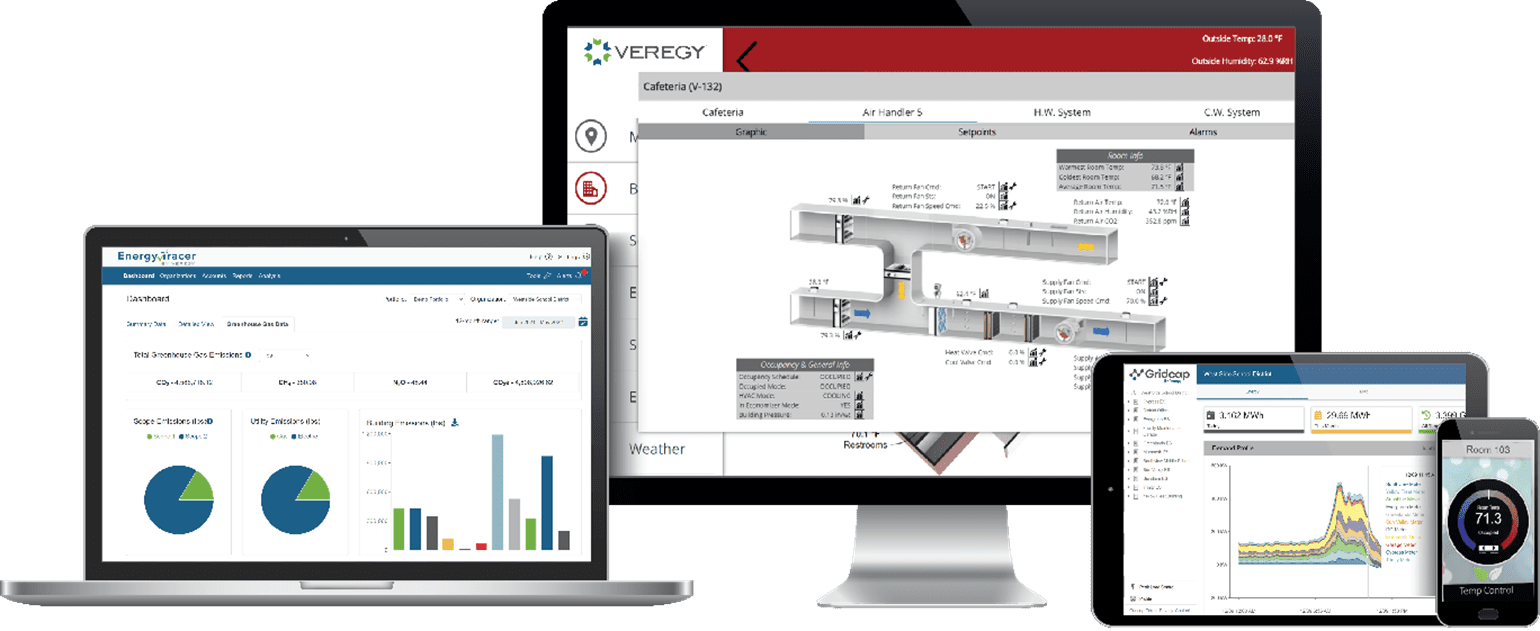
“To have someone finally be able to solve our issues has been wonderful. The integrations and visibility of our systems is a game changer.”
– John Parks, IT & Facilities Director, Sedona Unified Schools
Best Practices for Implementing Integrated Facilities Management
- Assess Current Systems: Engage with an energy and facility improvement partner to conduct a comprehensive audit of existing facility systems to identify inefficiencies and integration opportunities.
- Choose a Platform Tailored to You: Select a platform that offers seamless integrations between all building systems, providing a user-friendly interface for monitoring and control. The platform should be non-proprietary and able to be customized aligning with your unique integration needs.
- Train Facility Teams: Equip personnel with the knowledge and skills to leverage the integrated system effectively, ensuring smooth adoption and ongoing optimization. An easy-to-use user interface is a key component in simplifying training and adoption for your staff.
- Leverage Data Analytics: Utilize advanced analytics to gain actionable insights, driving continuous improvements in energy efficiency, maintenance planning, and operational strategies.
Real-World Success: Integrated Facilities Management in Action
Enhancing Maintenance Efficiency for a Client Facing Staffing Challenges
Due to a recent turnover in the maintenance department, a client was struggling to keep up with all their maintenance tasks; work orders and occupant complaints were piling up.
Veregy implemented Orchestrate to integrate equipment alarms with the client’s work order management system and track equipment run times. The client is now notified automatically when equipment is due for service and can track the frequency of equipment issues, so funds can be effectively allocated. This proactive approach has streamlined maintenance operations, reduced downtime, and optimized resource allocation.
Streamlining Event Coordination for a Large School District
Veregy worked with a large school district that was struggling to keep track of their scheduled events. They had to coordinate between five departments and manually schedule equipment to turn on at the right time for every event. These inefficiencies were leading to miscommunications, missed tasks, and wasteful utility spending as energy-consuming systems were left on even when spaces were unoccupied.
Veregy assessed the district’s needs and implemented Orchestrate, an advanced smart building integration solution. Now, whenever an event is approved, all applicable systems—such as HVAC, lighting, security, and more—are automatically scheduled for the event time. With the district processing over 100 events per day, removing the event coordination duties from administrative and maintenance staff saved countless hours of manual work. Now, personnel can focus on higher-priority tasks while ensuring optimal energy use and comfort during events.
Take the First Step Towards Integrated Facilities Management
Contact Veregy today to schedule a comprehensive audit of your facilities and learn how you can drive efficiency with more connected, smart, and future-ready buildings.
“Orchestrate provided a necessary work-flow systems for our facility and maintenance crew…Now everything is tied together in one platform.”
– Greg Wyman, Superintendent, J.O. Combs Unified Schools

